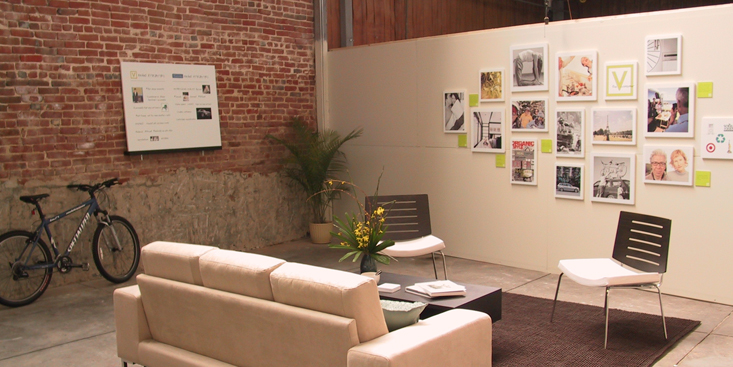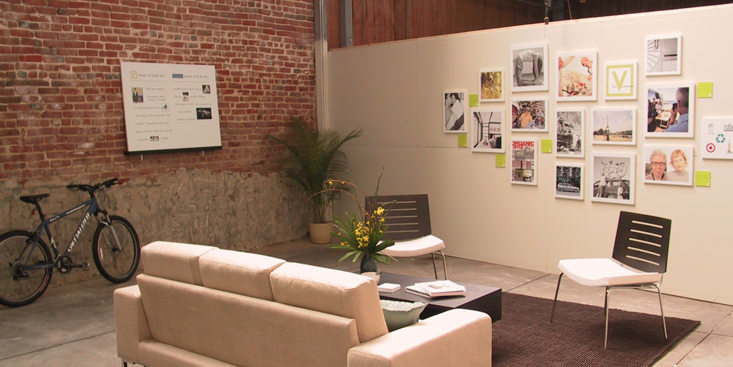There’s much to be learned by visiting (and recreating) a consumer’s home.
Have you ever felt that you don’t have a good handle on your customer prospect, despite the fact that you have reams of data from previous focus groups and surveys? Or that when you finally acquire some actionable insight, nobody else in your organization really “gets it?”
It’s not an uncommon feeling among marketers of high-end home brands. In fact, it happens more often than you think. The solution? Over the past couple of years, I’ve seen a couple of innovative ways to extract insights, as well as to evangelize them.
First, extracting insights.
I’ve seen some very impressive results recently with a few dramatically different high-end home clients using consumer ethnography, where trained researchers and cultural anthropologists spend time with consumers in their own homes, having a dialogue about buying and usage habits, and observing the consumer in his or her “own habitat.”
In one project, in which kitchen remodelers hosted small dinner parties, I learned that consumers wanted active, hands-on, side-by-side comparisons in a showroom – at a much greater level than earlier research studies had indicated. This insight drove a major point-of-sale initiative that probably would have otherwise been overlooked using more traditional focus groups or surveys. In the end, gathering consumer insights using an innovative research process led to a more successful campaign.
But what about evangelism?
How does a marketing director ensure that colleagues deep and wide within the organization “get it?” The simple answer is: move in with your consumer. Just as ethnography teaches us more about consumers by spending time in their home, so does recreating that home at corporate headquarters.
Not too long ago, a client and I used an empty space at the company offices to recreate a living room that provided an exhaustive overview of a new consumer segment: her media habits, buying and usage preferences, demographics, psychographics, and how she interacts with the brand.
With a fresh coat of paint, some furniture from storage and several well-conceived “brand boards,” we were able to bring colleagues from throughout the company – as well as dealers and distributors – into the home (and mind) of this important new customer.
Since all of us couldn’t go to the consumer’s home, we brought the home to the factory – and as a result, we were able to evangelize the how’s and why’s of our proposed campaign in a way that was dramatically successful. Spending time in the consumer’s home, whether through ethnography or by recreating it at the factory, will almost always yield better insights, which drive better results.



